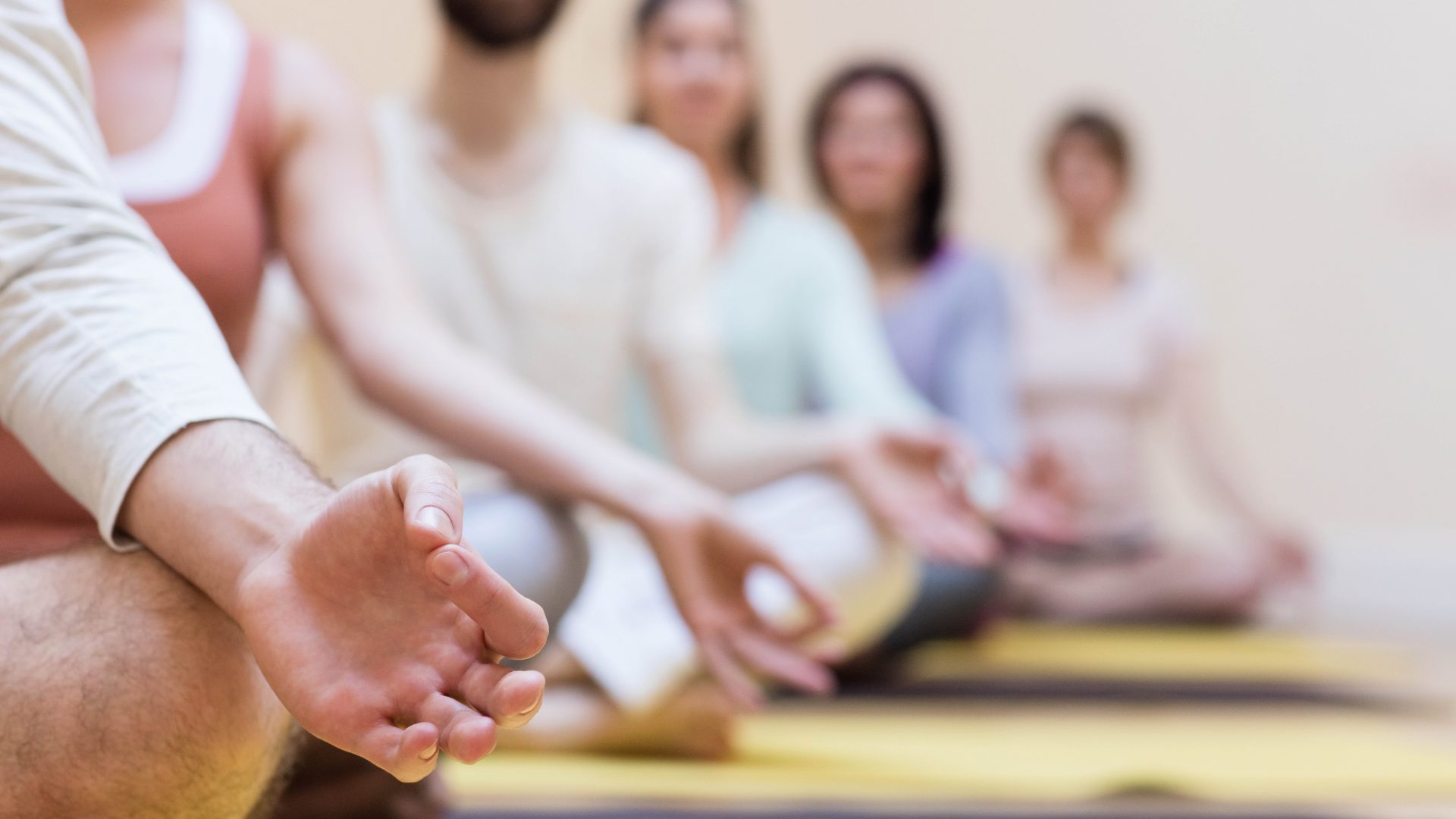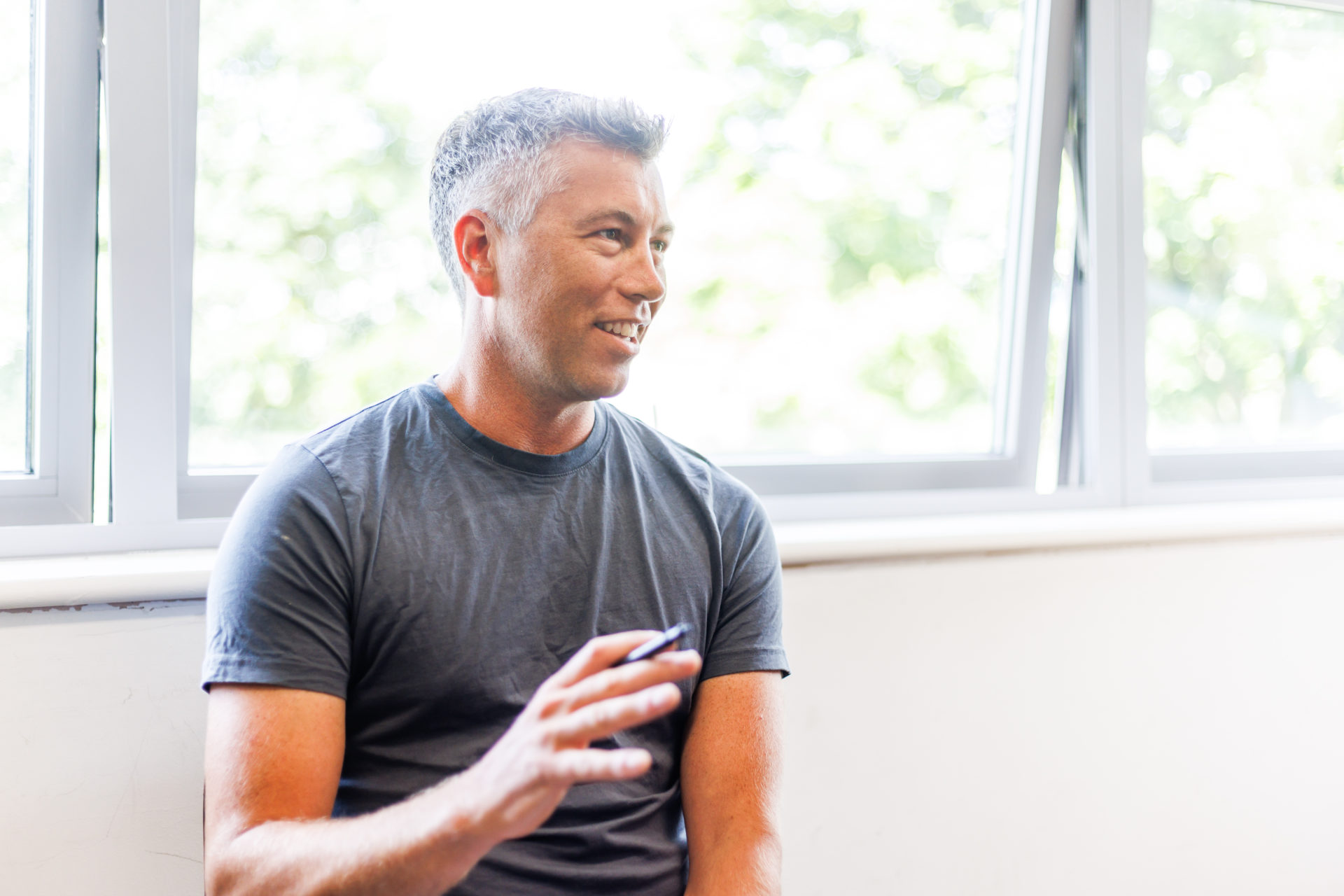Mindfulness and Meditation
The power of mindfulness
“Mindfulness is the basic human ability to be fully present, aware of where we are and what we’re doing, and not overly reactive or overwhelmed by what’s going on around us.”
www.mindful.org
To put it plainly, Mindfulness is the ability to be present in the moment and to be aware of your current surroundings. However, this is easier said than done, and it is not uncommon to find yourself distracted by your thoughts. Over time this kind of overactive thinking can lead to a heightened sense of stress, reducing concentration, focus, productivity and impeding memory.
When studying towards a degree, it is not unusual to become consumed and overwhelmed with your workload. This, coupled with balancing your studies with other life responsibilities, e.g., family, work, etc., makes it very easy to get distracted and feel stressed. This is where Mindfulness can play a vital role in your health and wellbeing whilst studying and beyond.
It is a practice that is known to encourage the body and mind to relax. It reduces the stress response within the body, which in turn comes with several health and wellness benefits as shown below. Mindfulness:
- Improves your quality of sleep
- Reduce or help manage pain management
- Reduces the impact of stress within the body
- It can improve your digestive health through switching on the parasympathetic nervous system, which promotes optimal digestion.
- Can reduce internal inflammation
- Improves working memory
Besides the vital health and wellness benefits that can be gained through the practice of Mindfulness, a big advantage is that it can be practised anywhere and at any time, making it an ideal wellbeing tool that you can tap into during your time at UCSD. Below you can find some examples of Mindfulness exercises that can support you whilst engaging in your programme of study:
Internal weather exercise: This exercise pulls on both Mindfulness and Self-Kindness, helping reduce anxiety and being overwhelmed. It is where you tune into what your internal weather gauge is telling you at any given moment. Just like the weather, your inner mood and energy can shift at any given point. Tuning into this can help you become more mindful of where you are right now and help you to acknowledge that it is not permanent. Follow the steps below to complete the exercise:
- First, ask yourself how your internal weather is, e.g., sunny, foggy, raining, stormy, bright sunshine etc.
- Now that you have tuned in to how you are feeling in the given moment ask yourself, “What do I need to best take care of myself, e.g., take a break, have an early night, drink more water, eat a nutritious meal, ask for support etc.
- Finally, ask yourself, “What is the kindest thing I can do for myself, even just a little”. This final question firms up your ideas from point two.
- Remind yourself that regardless of how you feel right now, the storm will pass.
7/11 Breath: This exercise is excellent at reducing a sense of stress rapidly. As with anything, the more you practice it, the easier it becomes. You inhale for 7 seconds followed by a 11 second exhale.
Deep Breathing Exercise: Count five seconds on both inhale and exhale. Repeat this exercise ten times.
4/7/8 Breath: This is where you inhale for the count of 4, wait for 7 seconds and then exhale for the count of 8. Repeat this sequence for four breaths, to begin with, and then as you feel more comfortable with the exercise, you can increase to 8 breaths and so on.
Visualisation Breathing: this is where you can use the art of visualisation to imagine stress leaving your body. It is helpful if you can get into a comfortable position. Once relaxed, start to take some deep breaths. As you inhale, visualise all the stress you are feeling moving into your lungs. When you exhale, visualis, that stress leaving your body. Repeat this action until you feel calmer.
Deep Cleansing Breath: A quick and effective way to release stress from the body is to perform a simple deep cleansing breath exercise. To do this, all you need to do is take a deep breath in through your nose, inhaling as much air as possible. Then follow this with a long, deep exhale, ensuring that it feels like you have fully emptied your lungs. Repeat this process a few times until you feel any tension and stress leave your body.
The more you practice the above exercises, the more significant their impact will be on your well-being. Remember, you don’t have to do all of them, instead see them as tools that you can use when needed. You can use the exercises which work for you.






